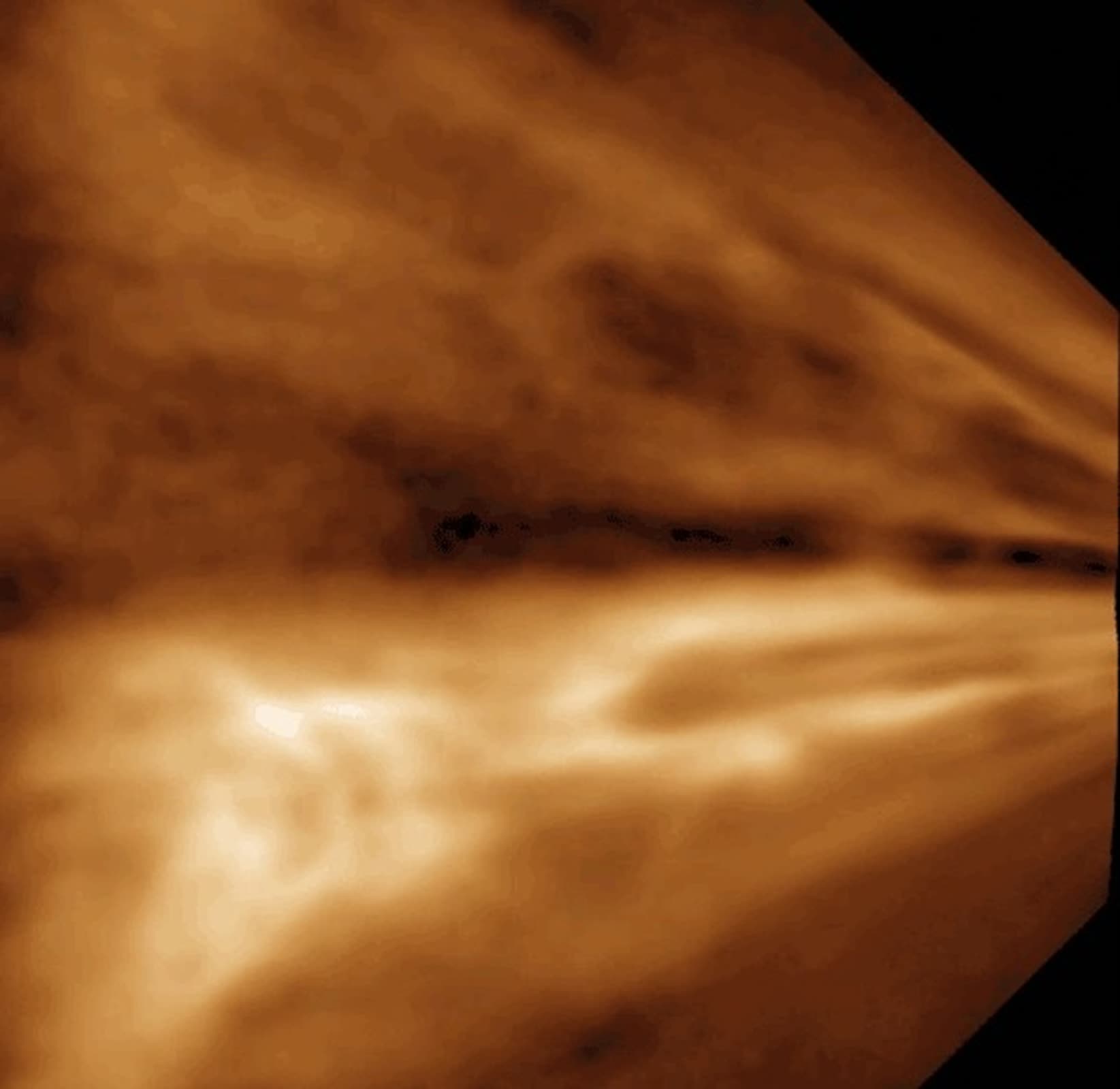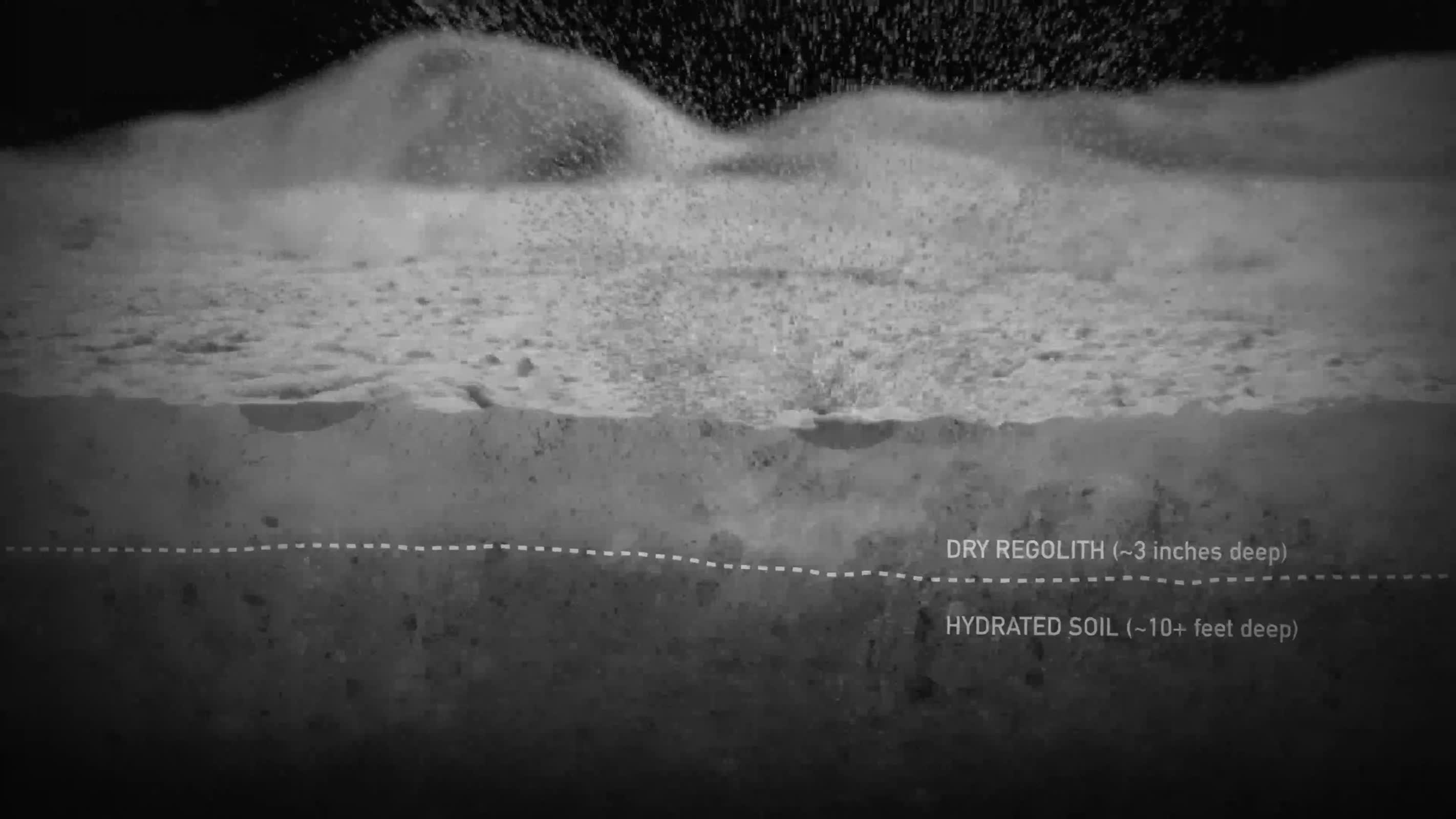Serving tech enthusiasts for over 25 years.
TechSpot means tech analysis and advice you can trust.
What just happened? For decades, scientists have puzzled over the origin of water on the Moon, a resource that could prove vital for future lunar exploration. Since the 1960s, a leading hypothesis has suggested that the Sun itself might be responsible, with its relentless stream of charged particles, known as the solar wind, interacting with the Moon's barren surface to create water molecules. Now, a new NASA-led experiment has provided the strongest evidence yet that this process is indeed taking place, confirming a theory that could reshape how we think about using the Moon's resources for human missions.
The breakthrough comes from researchers at NASA's Goddard Space Flight Center, who set out to replicate the harsh lunar environment in the most realistic laboratory simulation to date. The Sun constantly emits the solar wind, a torrent of hydrogen protons traveling at speeds exceeding a million miles per hour. While Earth's magnetic field and atmosphere shield us from this bombardment, the Moon has no such protection. Its surface, covered in a dusty material called regolith, is fully exposed to these particles.
The process begins when solar wind protons slam into the Moon's regolith. These protons can pick up electrons from the lunar soil, transforming into hydrogen atoms. The hydrogen then bonds with oxygen atoms abundant in the Moon's minerals, such as silica, to form hydroxyl and, at times, water molecules.
Over the years, spacecraft have detected hydroxyl and water molecules in the Moon's uppermost layers, but distinguishing between the two has remained challenging with current technology.

Lead researcher Li Hsia Yeo and colleague Jason McLain designed a custom experimental chamber to test whether the solar wind could truly be the source. This setup allowed them to bombard actual lunar soil, which was collected during the Apollo 17 mission in 1972, with a beam simulating the solar wind.
Before the experiment, the samples were baked to remove any water that might have been absorbed since their return to Earth, ensuring that any new water detected would be the result of their test alone.
The team's apparatus was unique because it kept the lunar dust sealed in a vacuum throughout the experiment, preventing contamination from Earth's atmosphere. Over several days, they exposed the samples to a high dose of mock solar wind, equivalent to 80,000 years of lunar exposure.

Using a spectrometer to measure how the dust reflected light, they detected a distinct dip in the infrared spectrum, specifically near three microns – the signature where water absorbs energy. This finding indicated that hydroxyl and water molecules had formed in the lunar samples, validating the decades-old theory.
The implications of this discovery are far-reaching. Not only does it confirm that solar wind is a major driver of water formation on the Moon, but it also suggests that this process is ongoing.
Observations show that the Moon's water-related spectral signal fluctuates daily, peaking in the cool morning and fading as the surface warms, only to return as the surface cools again at night. This daily cycle points to an active, replenishing source – most likely the solar wind – rather than sporadic events like micrometeorite impacts.
These findings are especially significant for NASA's Artemis program, which aims to establish a sustained human presence at the Moon's South Pole. Much of the Moon's water is thought to be locked in ice within permanently shadowed craters at the poles. If the Sun's particles continually create water, lunar soil itself could become a renewable resource for drinking water, oxygen, and even rocket fuel, supporting longer and more ambitious missions.










 English (US) ·
English (US) ·